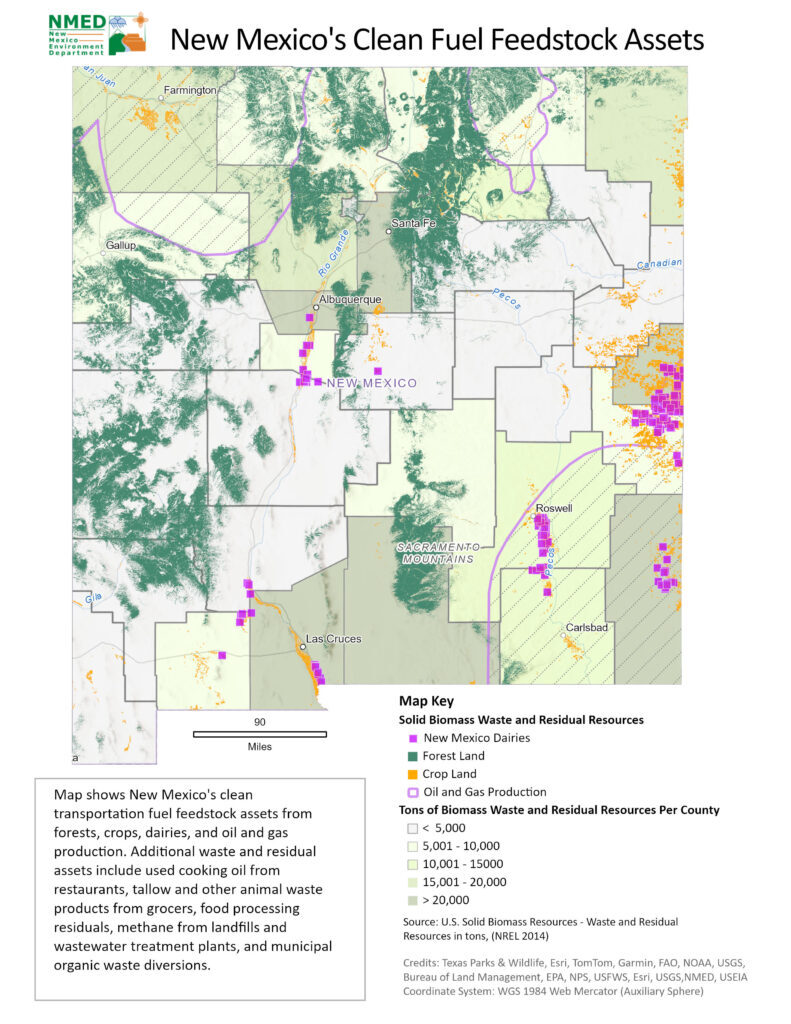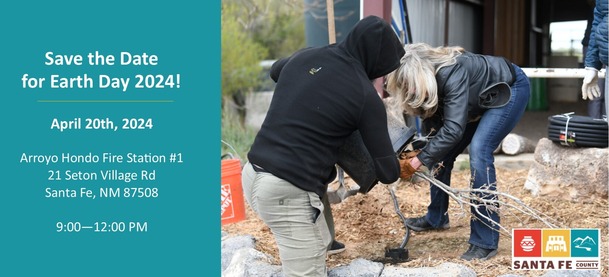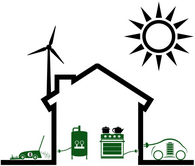2024 NM Legislative Session: Clean Fuel Standard Passed
At noon on February 15, the New Mexico Legislative session for 2024 came to a close. Throughout the 30-day capital shuffle several impactful bills were passed and now await the governor's signature.
The biggest of these bills was HB41 Clean Transportation Fuel Standards. If signed, New Mexico will join only three other states that have taken the initiative to promote action towards reducing carbon intensive fuels. Following the lead of California, Oregon, and Washington, clean fuel standards are a technology-neutral, performance-based policy that reduces the use of high-carbon transportations fuels while providing incentives to deploy lower-carbon alternatives such as electricity, hydrogen, and biofuels. A Clean Fuel Standard creates a Clean Fuel Market where credits are bought, sold and traded depending on the carbon intensity of the transportation fuel. The Clean Fuel Market only applies to those companies that import or produce transportation fuels for use in New Mexico. Fuels include traditional fossil fuel diesel as well as cleaner fuels such as renewable diesel, biodiesel, renewable natural gas and electricity.
With $430 billion of federal funding allocated to modernize the American energy system and almost $360 billion in private investments in clean energy during the first six months of 2023, New Mexico is capitalizing on the chance to lead the country in sustainable energy use. More information on the impacts of this legislation are available on the NMED website, including how the Clean Fuel Standard will effect gasoline prices, state economy, and credit processes.

Save the Date for Earth Day!
Santa Fe County staff have been busy planning another amazing Earth Day celebration for 2024! In collaboration with Seeds of Wisdom, LLC., a new water catchment feature will be installed at the Arroyo Hondo Fire Station #1 off Seton Village Rd. The installation will include a variety of water saving enhancements designed to divert and sequester runoff from the adjacent asphalt parking area. We invite you to join us on April 20th for a morning of learning, gardening, and more as we put the finishing touches on the water runoff project! Event details and registration information are forthcoming. Click here for updates!
About the planned Arroyo Hondo Fire Station GSI
The downslope position from Seton Village Rd and runoff flow from the paved parking area at the Arroyo Hondo Fire Station make it an excellent location for water harvesting. Runoff is generated as rain and snowmelt flows over parking lots, rooftops, and other impervious surfaces. As it moves across the landscape, runoff can wash pet waste, motor oil, trash, and other pollutants into waterways. Polluted runoff is considered a significant threat to water quality in the United States, yet properly managed runoff can serve as an important water source in Santa Fe County’s dry climate. Santa Fe County only received a little over 12 inches of precipitation in 2022, lower than the annual average.
Traditional gray infrastructure (like gutters and pipes) typically move stormwater off the landscape. Green infrastructure, on the other hand, include techniques to use biological systems to capture and treat runoff in place. Rain gardens are just one example of green infrastructure. These gardens consist of sunken planted areas that collect runoff from nearby impervious surfaces and allow it to naturally soak into the ground. Rain gardens can help filter out harmful pollutants, provide habitat for wildlife, beautify neighborhoods, and support shade trees with minimal supplemental irrigation. The Arroyo Hondo Fire Station installation will capture runoff from adjacent paved areas and the road to slow down the path to the arroyo below and further enhance a beloved gathering space!
Learn more about water-wise landscaping and other sustainability initiatives at the County Earth Day event on April 20th!
 Photo by Daniel E. Fresquez, Santa Fe County Media Coordinator
What Can I Do?
Home Energy Efficiency and Electrification – How Do I Get Started?

The energy we use to heat and power our homes and businesses is the second largest source of greenhouse gas emissions in Santa Fe County producing over 790,000 metric tons of CO2e in 2019. Meeting the Paris Climate agreement goal of reducing emissions to net-zero by 2050 will require a reimagining of how our homes and business consume (and in some cases produce) energy.
The 2019 Energy Transition Act mandates that public utilities (like PNM) and rural electric cooperatives (like Jemez Electric Coop and Central NM Electric Coop) produce a greater proportion of their energy from renewable resources over time with the goal of producing 100% of their energy using zero carbon resources by 2045 and 2050. This means, that electric appliances and HVAC systems increase climate assets (and home) value while producing less greenhouse gas emissions over time. In 2050, a fully electric home or business will produce zero greenhouse gas emissions even without the use of solar.
Electric equipment and appliances have the added benefit of improving indoor air quality, improving comfort in winter and summer months and in many instances, reducing utility costs. Still, there isn't a one size fits all solution. The best energy efficiency and electrification improvements are dependent on rental or ownership status, income range, the age and condition of one's home or business, and budget priorities.
In the coming months the Santa Fe County Sustainability Division will explore different facets of the home energy and electrification questions to include available incentives, cost impacts, and equipment selection considerations as well as individual experiences. As buying decisions are made to replace equipment of appliances such as water heaters, stoves, or HVAC systems, consider if an electric path alternative is right for you!
|
|